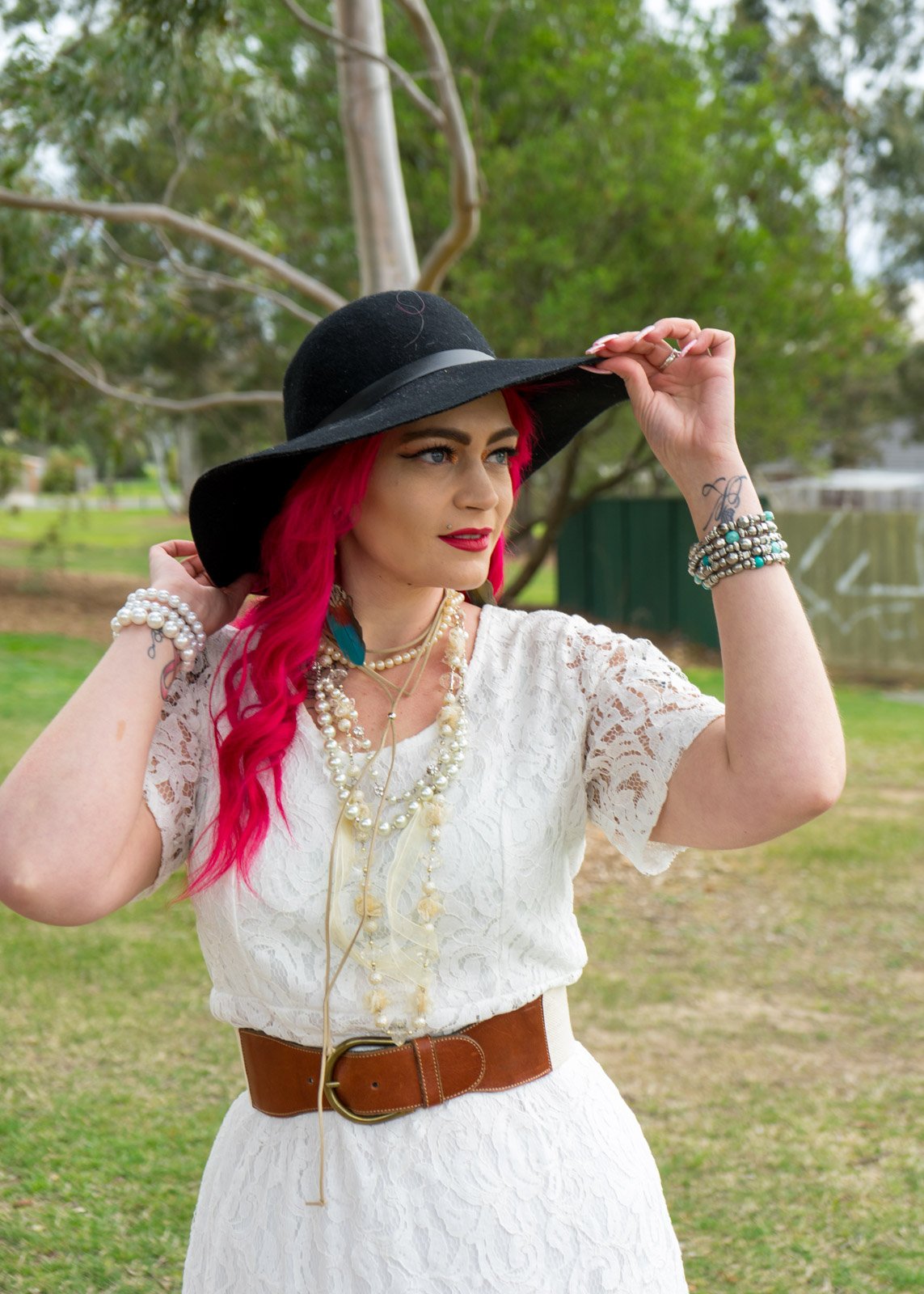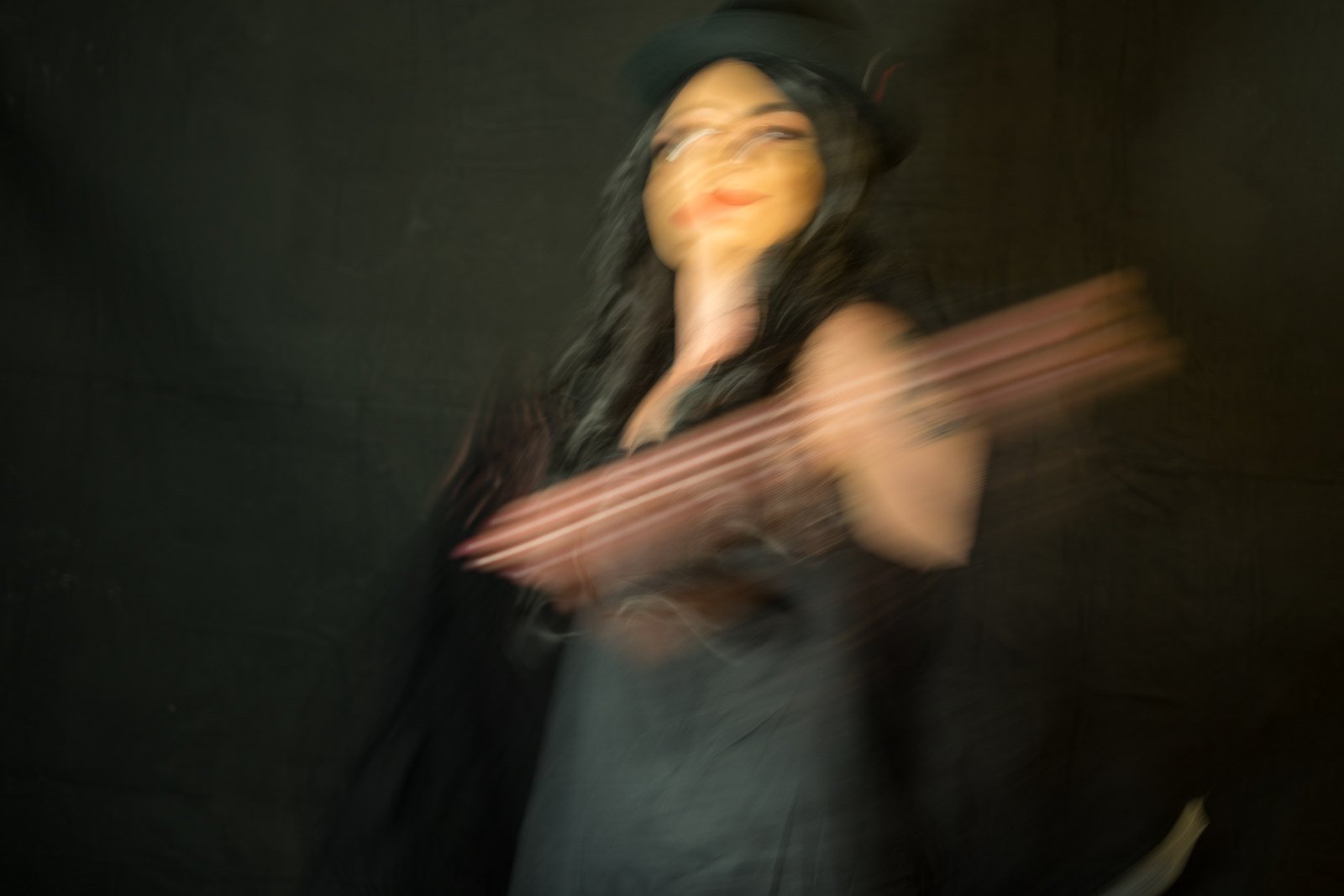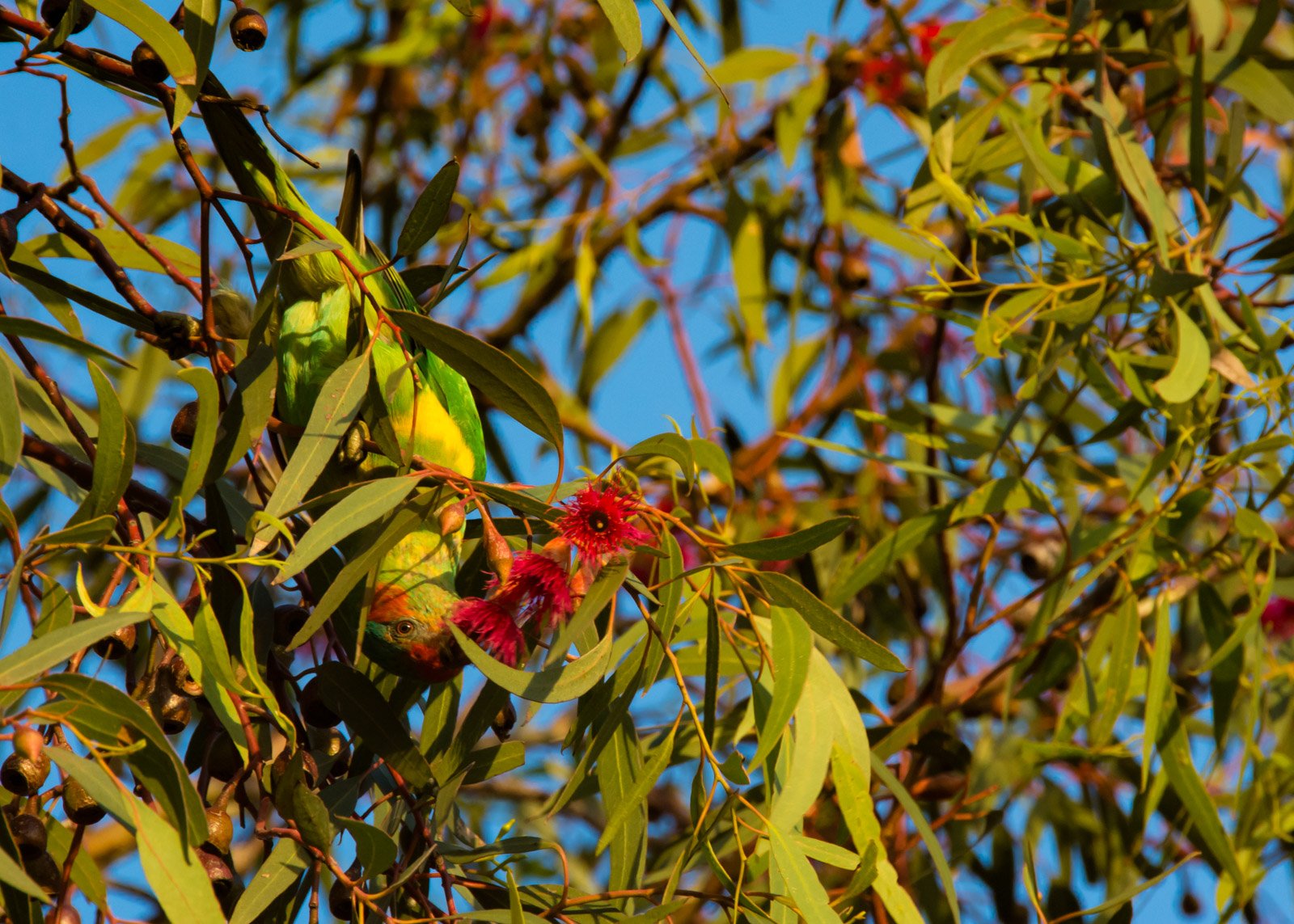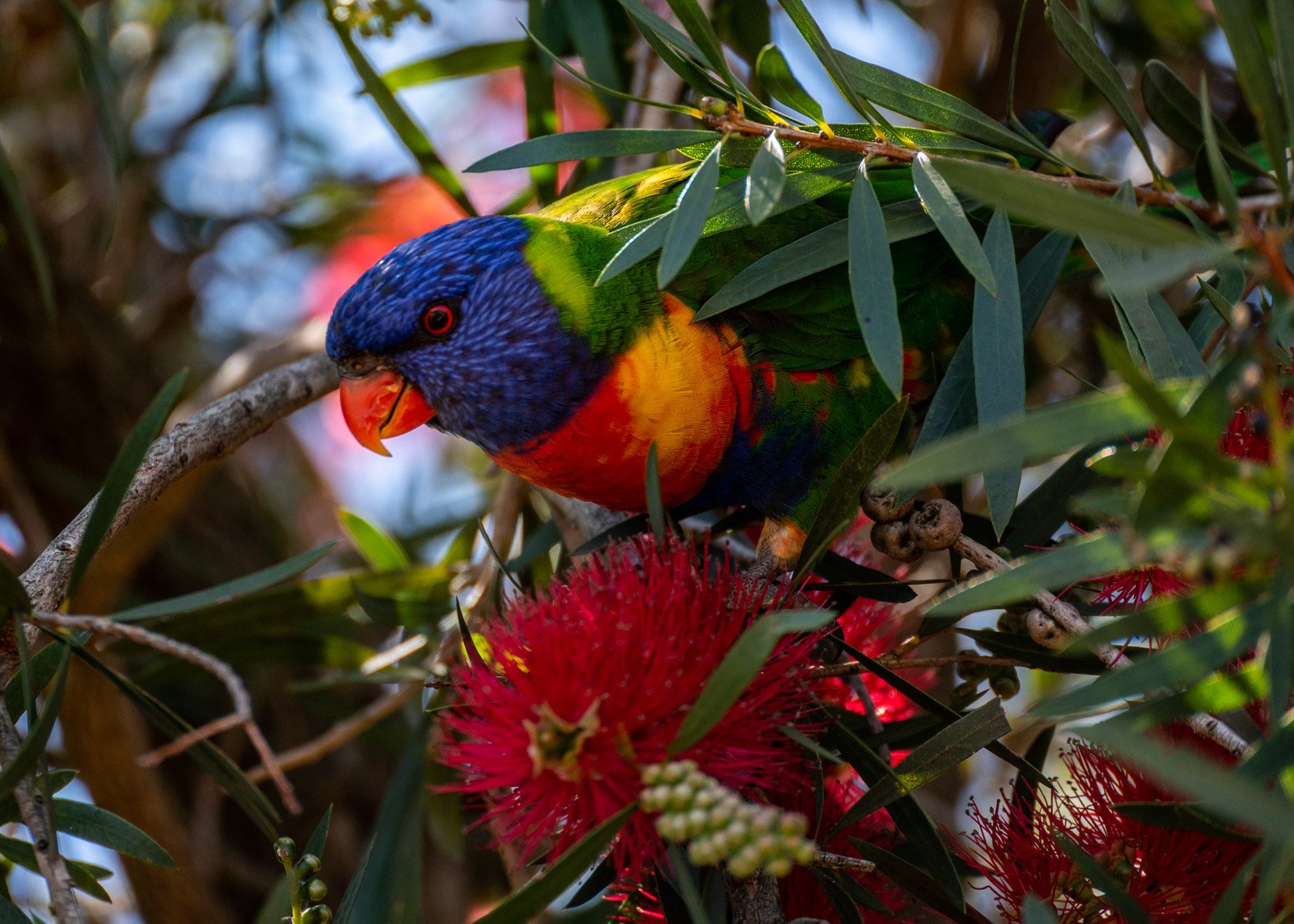Seven mistakes I wish I knew about and how to fix them
When we all start out there are a few obstacles we need to face, many of us fumble around by ourselves. I even attended a few classes and workshops, but I must admit it was what I learned from other photographers that got me to where I am today. Eight mistakes I wish I knew about when I first started with digital photography, and how to easily fix them.
Alert: This article contains horrendous images to prove a point, please forgive me.
Missed Focus
Missing focus or not getting focused in the correct spot was a constant struggle. Until I was shown HOW to make my spot focus flexible and moveable. I didn’t even think you could do this. Much easier on modern digital cameras. Indeed the focus tracking makes things even easier. Check your camera manual or Youtube for How to move your focus point for your make and model. It makes life so much better. You can then move, usually with a toggle switch, to place your focus point exactly where you need it. Many recent cameras have a touch screen, making things even easier still. Even better use the focus magnifier to double-check (I didn’t know my camera had one of those either).
Mistake – Missed focus
Shaky frame/blury image
Depending on how steady your arm is, or how long your lens is, you need to keep your shutter speed above 1/80 second. If you are using a zoom lens try to have your shutter speed, twice the focal distance. Even two and a half times the focal length is good. For example a 200mm lens you need at least 1/400 seconds. If you need to increase your ISO to obtain a good shutter speed then do so. Do not be afraid of using a higher ISO. I was never told that when I bought my first zoom and wondered WHY my shots were a little blurry.
Mistake – blurry focus, bad composition
Blown exposure
When shooting in high contrast areas, it is easy to either underexpose your shadows or overexpose your highlights. Alternatively, you could expose your shadows correctly but have your highlights blown out. A really good idea is to learn how to bracket your images. This involves taking several images of the same subject at different exposures settings. Some cameras can do it all in-camera, I do prefer, however, to edit them myself. This is a fabulous way to obtain the correct exposure. Also if you are shooting at the snow or beach, anywhere there is really bright reflected sun, your camera often has a bad habit of underexposing your images as a result. Learn exposure compensation.Blown exposure
When shooting in high contrast areas, it is easy to either underexpose your shadows or overexpose your highlights. Alternatively, you could expose your shadows correctly but have your highlights blown out. A really good idea is to learn how to bracket your images. This involves taking several images of the same subject at different exposures settings. Some cameras can do it all in-camera, I do prefer, however, to edit them myself. This is a fabulous way to obtain the correct exposure. Also if you are shooting at the snow or beach, anywhere there is really bright reflected sun, your camera often has a bad habit of underexposing your images as a result. Learn exposure compensation.
Blown highlights
Awkward poses
It really is worth attending a class or workshop with REAL models to learn how to achieve more pleasing poses. Just getting people to stand in front of your camera and ‘act’ natural is most likely going to get people to look very stiff and unnatural. There are so many posing cards available online. Sitting, standing, couples, families or singles. When all else fails ask your model to sit, sitting often looks more natural than standing, or go for candid action shots. Or give them some props to work with.
Give your subject something to react with
Protuding object coming out of the head
Now this one seems obvious, but check what’s in your background and foreground. I frequently forgot to check in my excitement of snapping a photo. Whether it’s a tree poking out of someone’s head or a dog ruining romantic moments, perhaps it’s a less than desirable angle for your landscape. Stop and look around. Look for the shot, before doing the random spray and play method. Instead of hundreds of useless images, you will have something more useable. It’s called intentional shooting.
Confusing composition
Likewise, with composition, look for a good composition, instead of random for the sake of it. Indeed learn composition. There is nothing wrong with breaking compositional rules for creative reasons, as long as it’s creatively aesthetically pleasing.
What was I aiming for?
Over editing
Just because you can, doesn’t mean you should tweak every slider in your editing software. I look back on images from years ago and I think I was a little too generous with the saturation and sharpening slider! Since the early days, I have adapted a slow methodical approach to my editing. I have also made my own unique styles for the various genres I shoot. If anything my images have less saturation, but deeper tonal ranges. I have more contrast and clarity, but far less sharpening. Look for a photographer whose style you like and see if they have any tutorials or classes that may benefit you. Eventually, you work out your own unique style, your voice.
I’ve come a long way…
The funny thing I discovered while looking for these old photographs from 2014 and 2015, I didn’t realise just how far I have come on my photographic journey. It took me a while to find my creative niche, find my voice. I still mess up a shot every now and then, usually as I have rushed in and forgotten one of the lessons above. Give yourself the freedom to fail, and enjoy your journey, have fun and experiment. But hopefully, these eight mistakes I wish I knew about and how to fix them will help you on YOUR photographic journey.
For more information, tips, tricks and inspiration why not join the Photofocus Community (if you haven’t already)?












